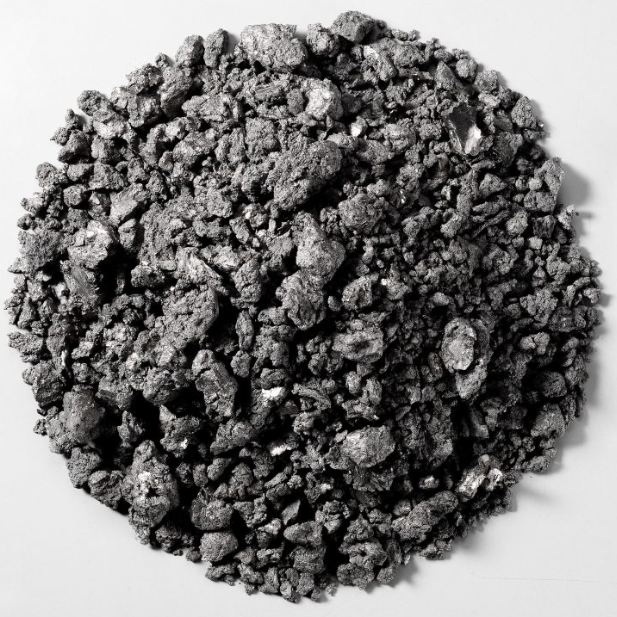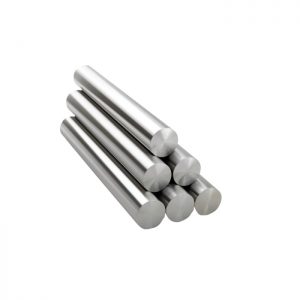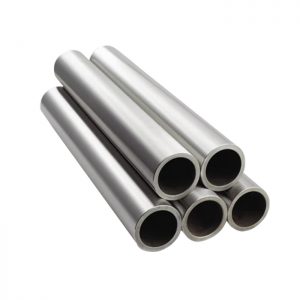Custom processing and manufacturing of Titanium sponge with different particle sizes according to user requirements.
Packaging: 25 kg per barrel, or can be packaged according to customer requirements.
Product Overview
Chemical composition
| Product Purity | Ti (%) | Si (%) | Fe (%) | Ci (%) | O (%) | C (%) | Mn (%) | Mg (%) | H (%) | Brinell Hardness |
|---|---|---|---|---|---|---|---|---|---|---|
| 99.7 | 99.7 | 0.008 | 0.014 | 0.040 | 0.004 | 0.039 | 0.013 | 0.005 | 0.005 | 94.5 |
| 99.7 | 99.7 | 0.006 | 0.017 | 0.042 | 0.003 | 0.043 | 0.013 | 0.005 | 0.005 | 93.2 |
Specifications: 2-25.4mm
Description:
- Raw material for titanium processing.
- Typically light gray particles with a clean surface and no visible inclusions.
Defective Titanium Sponge Blocks:
- Overburnt sponge titanium blocks.
- Oxidized blocks with noticeable dark yellow and bright yellow colors.
- Oxidized and nitrogen-rich blocks with dark yellow and bright yellow traces.
- blocks with significant chloride residues.
- blocks with residues.
Production:
- Produced by the metallothermic reduction method.
Purity:
- General purity: 99.1% కు 99.7% by mass.
- Impurity elements total content: 0.3% కు 0.9% by mass.
- Oxygen impurity content: 0.06% కు 0.20% by mass.
Hardness (HB):
- Ranges from 100 కు 157.
Grades:
- Classified into five grades: WHTiO to MHTi4.
Applications:
- Primary raw material for producing industrial titanium alloys.
Titanium Sponge Production Process:
- The fundamental step in the titanium industry.
- Raw material for titanium materials, titanium powder, and other titanium components.
Further Processing Steps:
- Convert ilmenite into titanium tetrachloride.
- Place titanium tetrachloride in a sealed stainless steel container filled with argon gas.
- React titanium tetrachloride with metallic magnesium to yield.
- Melt the porous “sponge titanium” into a liquid in an electric furnace.
- Cast into titanium ingots.





Reviews
There are no reviews yet.